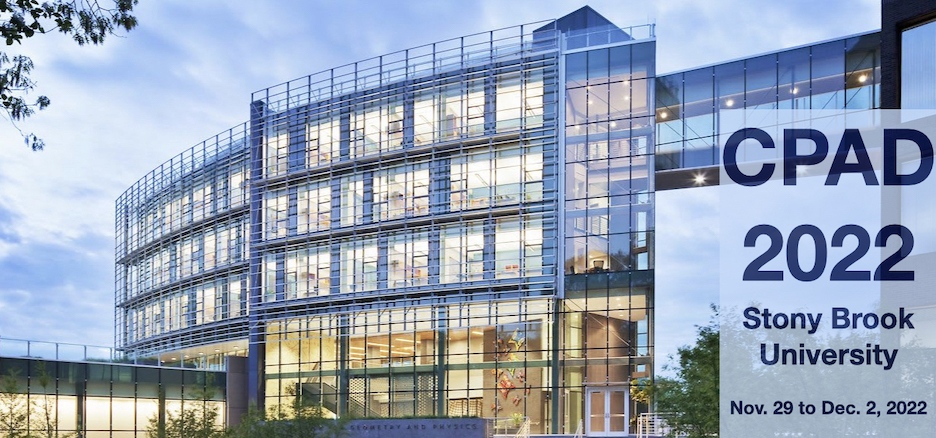Speakers
Description
The sPHENIX detector is under assembly at the Relativistic Heavy Ion Collider (RHIC) at the Brookhaven National Laboratory. It will be commissioned for data taking in 2023. It will focus on measuring jets as well as open and hidden heavy flavor production in heavy ion collisions to study the properties of the Quark Gluon Plasma.
A robust and efficient calibration of the constituting detectors is required to achieve sPHENIX physics program. In particular, the distortions of the electron drift in the sPHENIX TPC (the main tracking device of the experiment) due to magnetic field and space charge effects, must be accurately measured and corrected. The TPC Outer Tracker (TPOT) is a Micromegas detector that will be installed outside of the TPC and will greatly facilitate measuring the electron drift distortions in the TPC, in addition to the other existing solutions in sPHENIX. In particular it will allow to make the maximum use of tracks to reconstruct beam-induced space charge distortions and monitor the electron drift velocity. The subsystem consists of 16 Micromegas detectors grouped two-by-two to provide an additional space point on the outside of the TPC in a limited fraction of its acceptance. This talk will cover the technology used for the Micromegas detectors, the design and the production at CEA Saclay as well as the current status of the detector assembly and installation at BNL.

